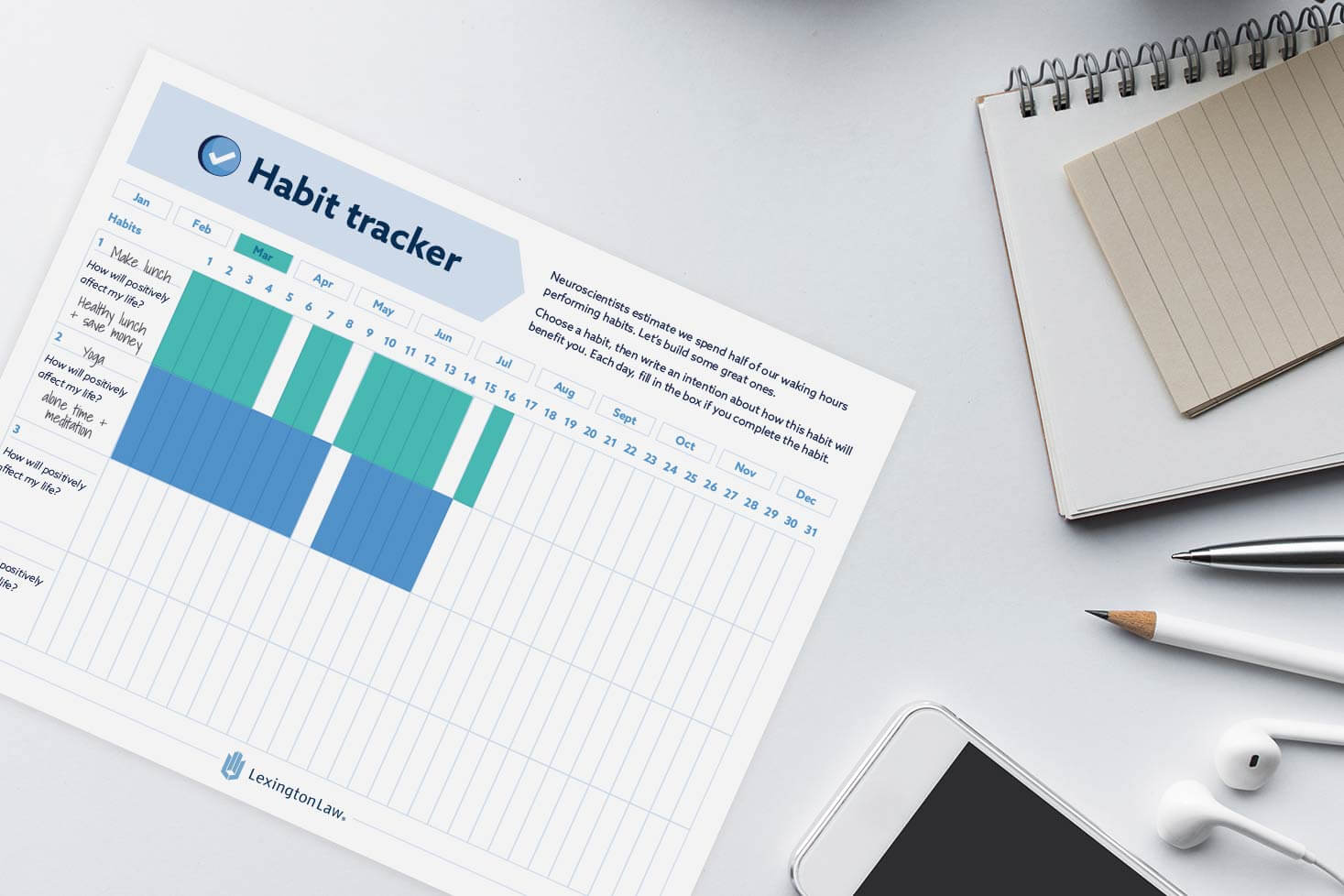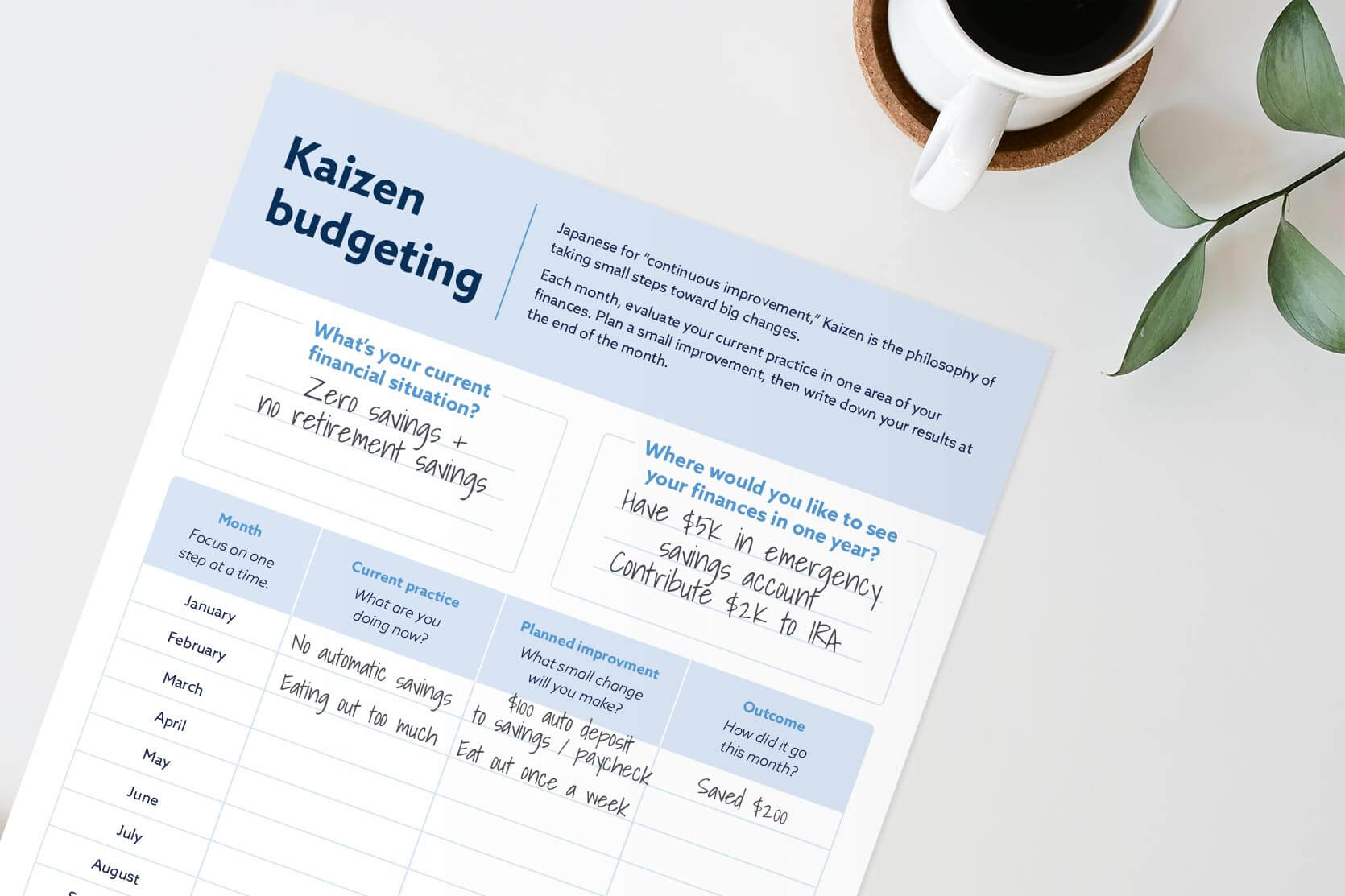
The information provided on this website does not, and is not intended to, act as legal, financial or credit advice. See Lexington Law’s editorial disclosure for more information.
The financial independence, retire early (FIRE) movement pushes for limiting expenses and increasing retirement contributions in order to grow a portfolio that can sustain you indefinitely before traditional retirement age. Using our calculator, you can get a sense of your current retirement path and how changes to market returns or your savings rate could affect your retirement date.
Early retirement calculator
At your current rate, you will be able to retire in years at the age of .
How would increasing your contributions or getting a different return affect your retirement date?
Your contributions can’t be more than 100% of your income.
Current Contribution Rate
What if?
Increase contribution
Possible Market Returns
What if?
Modify potential returns
How to use the early retirement calculator
By entering in information about your age, debt, income, retirement portfolio, retirement contributions and expected expenses in retirement, we can calculate an estimated date that you will achieve financial independence.
After you receive your estimated date, you can see how higher market returns or an increased contribution rate could affect how early you can retire.
If you’re looking to retire early, read on to learn what you need to know to reach financial independence.
How much do you need to save to retire early?
Most supporters of the FIRE movement suggest that you can retire once you have saved up 25 times your annual spending needs.
There’s a simple reason for this: once you have that amount of money in your portfolio, what you withdraw each year (4 percent) will be less than historic market returns (5 percent). In other words, your portfolio can continue to grow even as you withdraw what you need to support yourself in retirement. Of course, market returns vary and there aren’t any certainties when it comes to investing, so consult a certified financial advisor to look into your unique situation.
That said, you need to remember to account for inflation when considering your retirement spending. For example, if you currently spend $30,000 each year, you’ll likely need to spend more than $40,000 annually in just 10 years for the same lifestyle due to inflation. Over time, each dollar is worth less, so you need more money just to maintain your current situation.
Fortunately, our calculator takes inflation into account when determining the date you’ll be financially independent. That means you can estimate your retirement spending using today’s dollars and know you’ll have enough saved up to keep up with 3 percent inflation annually.
How early should you start saving for retirement?
You should start saving for retirement as soon as you are able. While high-interest debts and other financial burdens may prevent you from making retirement contributions, the sooner you are able to start, the earlier you will be able to retire.
For example, imagine two people who both have a salary of $75,000 at age 30.
- One person immediately starts contributing 20 percent of their income each year toward retirement, and they are able to retire at 57, withdrawing $50,000 each year for expenses.
- The other person delays contributing 20 percent of their income until they turn 50, and they cannot retire until age 67 if they want to withdraw $50,000 annually for spending.
These impressive differences are possible because of compounding interest: the money that the early contributor puts into their account generates investment returns, and those returns also generate interest returns. This effect is significant over a long period of time, so the sooner you start contributing to your retirement, the more chance your money has to grow.
What can you do to retire early?
There are three key principles to improving your chances of retiring early: increase your income, limit your expenses and contribute more to your portfolio.
- Increase your income. By growing your income over time, you’ll have a greater ability to make investments that can move up your retirement date.
- Limit your expenses. Lowering your expenses increases your savings percentage. As your income grows, make sure not to let “lifestyle creep” eat away at your raises—instead, keep your expenses low.
- Contribute more to retirement. Use each raise in your income and decrease in your expenses as a new opportunity to add to your retirement portfolio. The more you are able to contribute, the more quickly market returns can grow your investment.
In addition to these principles, you’ll also want to avoid high-interest debt, like taking out personal loans or carrying a balance on your credit card. If you have accumulated credit card debt, you’ll want to prioritize a strategy for eliminating debt as you make a path toward early retirement.
Supporters of the FIRE movement tend to be financially savvy, which includes managing credit health. Typically, it’s wise to check your credit report at least once each year. In some cases, you may notice inaccurate information that could be affecting your credit score and interfering with your long-term goal of financial independence. In that case, consider working with a trustworthy credit repair agency to work on addressing inaccurate information in your credit reports.








Methodology
The early retirement calculator uses information about your current financial situation to predict when you may reach financial independence. Because of the many unpredictable variables involved in achieving financial independence, our calculator simply provides an estimated date.
Our calculator makes a few assumptions in determining your retirement date:
- Your income will grow over time. Our formula assumes that your income will outpace inflation, growing at a rate of 4 percent each year.
- You will maintain a consistent contribution rate. The calculator assumes that as your income grows, you will contribute the same percentage of your income to your retirement.
- Your retirement goals grow with inflation. While your expected retirement spending is expressed in today’s dollar, our calculator determines your required portfolio value assuming inflation at 3 percent each year.
- You can withdraw 4 percent of your portfolio each year in retirement. Our calculator assumes you will need 25 times your retirement spending to reach financial independence, so that you can withdraw 4 percent each year indefinitely.
- Market returns will continue at a historic rate. There is no guarantee of stock market returns, but our formula assumes returns of 10 percent each year, adjusted for inflation. You can adjust the market returns to see how greater or lesser returns could affect your retirement date.
Note: Articles have only been reviewed by the indicated attorney, not written by them. The information provided on this website does not, and is not intended to, act as legal, financial or credit advice; instead, it is for general informational purposes only. Use of, and access to, this website or any of the links or resources contained within the site do not create an attorney-client or fiduciary relationship between the reader, user, or browser and website owner, authors, reviewers, contributors, contributing firms, or their respective agents or employers.